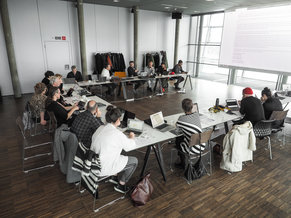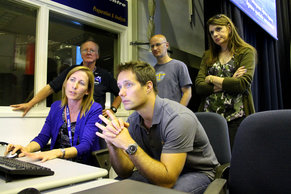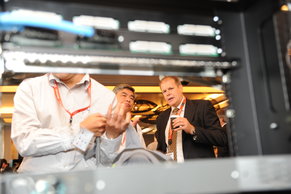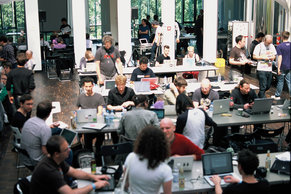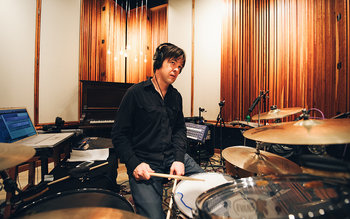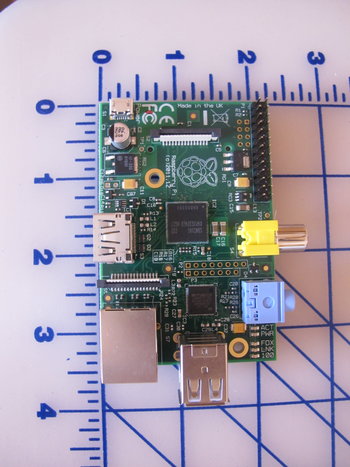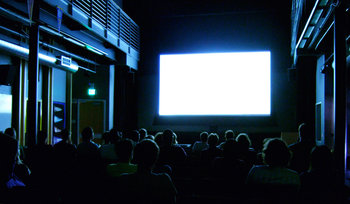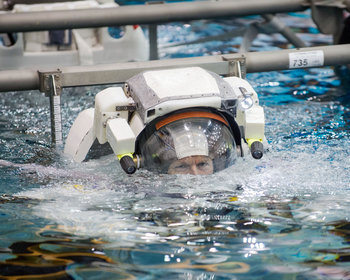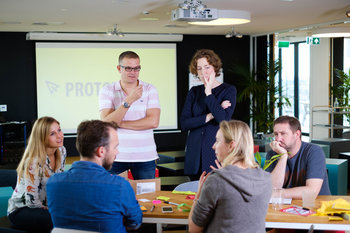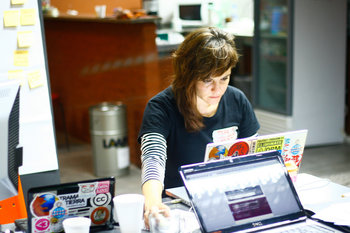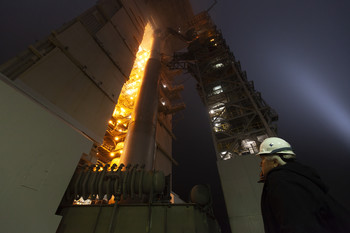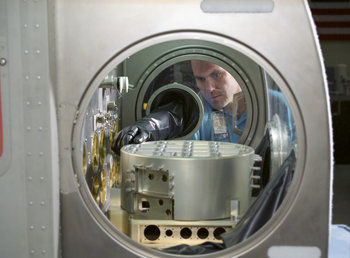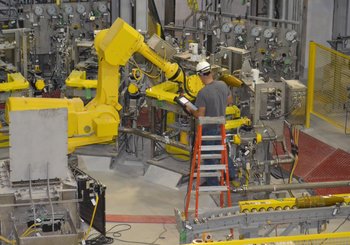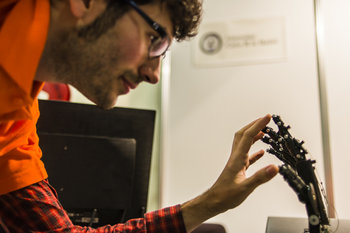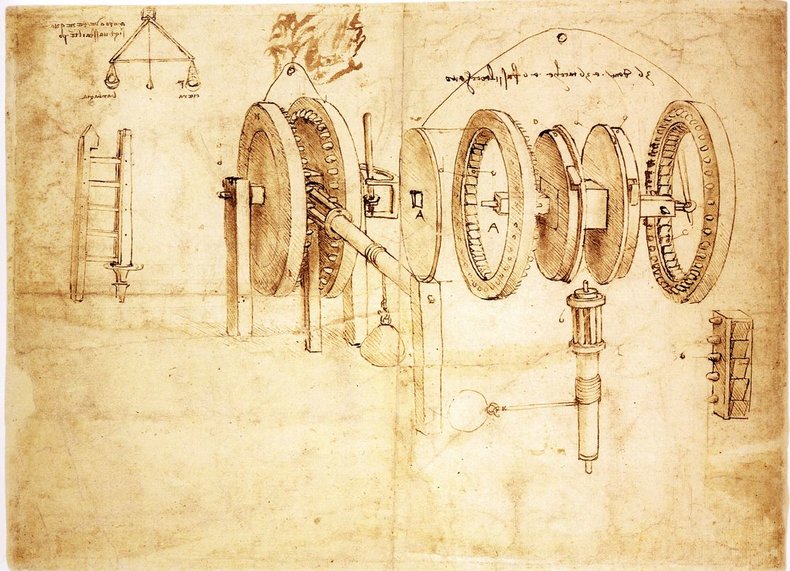
Lever
A lever is a rigid platform resting on a pivot that can lift a load on one end when pressure is applied to the other end. The end used for lifting is closer to the pivot. A lever allows a load to be lifted with relatively little pressure.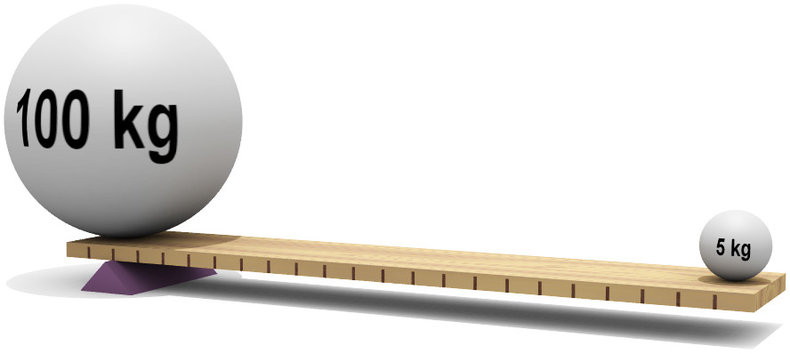
Wheel & Axle
A machine with a wheel attached to a smaller axle such that turning the wheel amplifies force at the axle.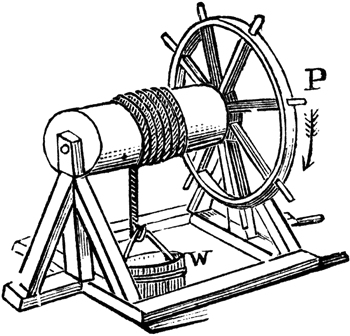 A more common application for the wheel is to reduce friction for a vehicle moving over the ground so as to preserve momentum.
A more common application for the wheel is to reduce friction for a vehicle moving over the ground so as to preserve momentum.
Pulley
A pulley is a mounted wheel that holds a cord, rope, chain or similar long, flexible implement with high tensile strength. A single pulley does nothing more than transfer force from one place to another.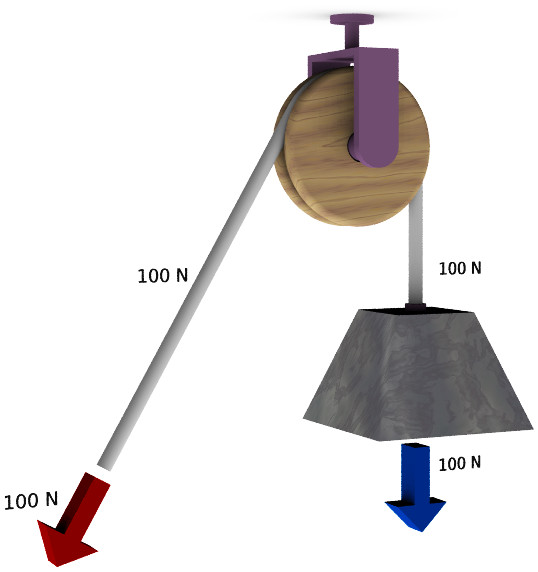 Multiple pulleys can be used to amplify force.
Multiple pulleys can be used to amplify force.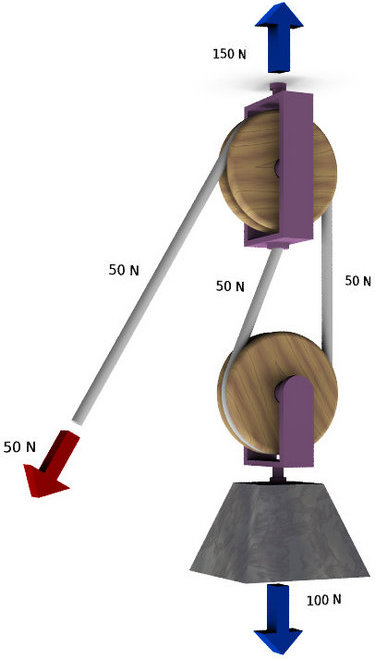
Inclined Plane
An inclined plane, also known as a ramp, is a flat platform that is tilted at an angle. This is used to elevate or move heavy loads over vertical obstacles. This requires less force than lifting a load straight up at the cost of an increase in travel distance.
Wedge
A wedge is a triangular tool that converts force applied to its blunt end to forces perpendicular to its inclined surfaces. Wedges create mechanical advantage that is given by the ratio of the length of the wedge's slope to its width. As such, long slender wedges amplify force more than short fat ones. The teeth of saws, knives and axes are examples of wedges. Some fasteners, such as nails, are also based on a wedge design.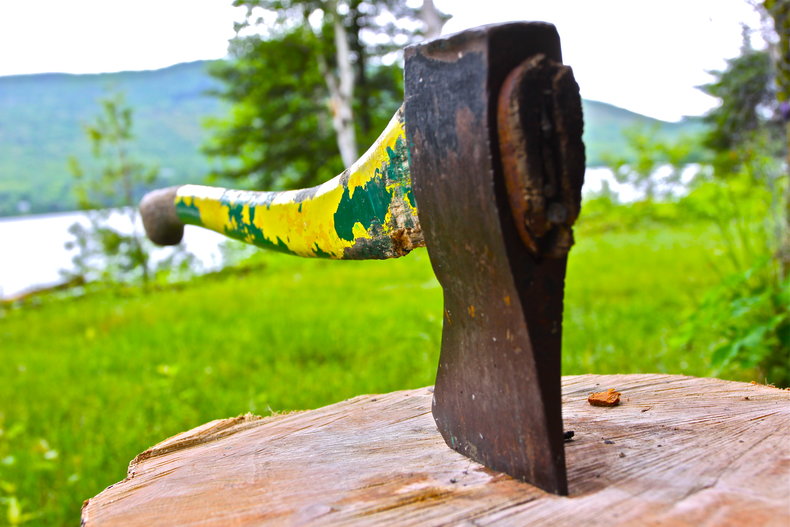
Screw
A screw is a cylinder with a continuous helical rib. These are commonly used as fasteners also known as screws and on the lids to jars.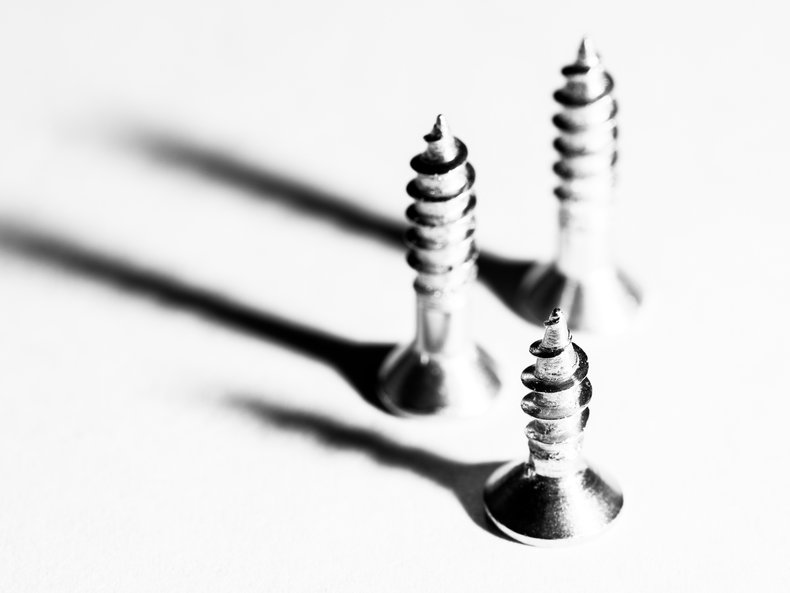
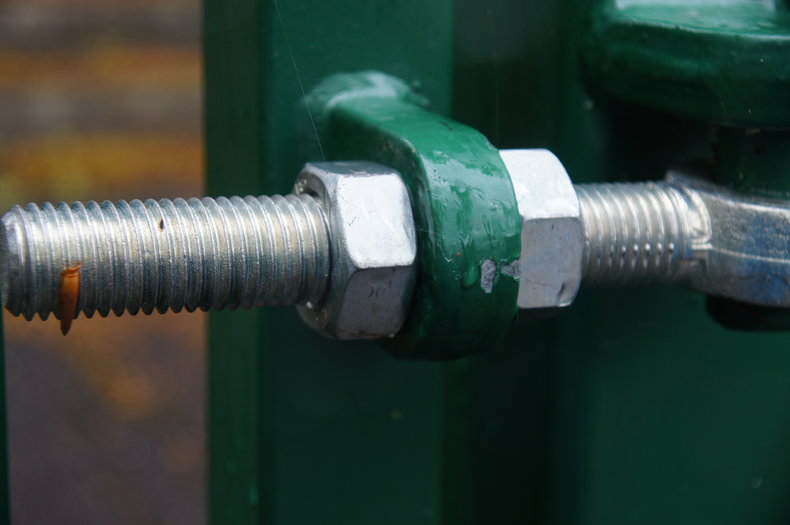
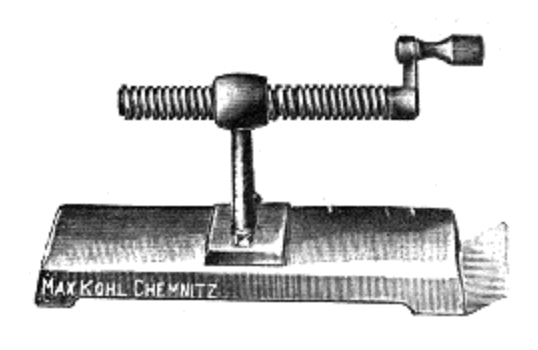 A screw can also be used as a machine for moving things. For example, a water screw is a screw inside a pipe or channel that can be turned to move water. This was used by the Ancient Egyptians and remains a relevant machine today. A water screw can also be used in reverse to generate electricity.
A screw can also be used as a machine for moving things. For example, a water screw is a screw inside a pipe or channel that can be turned to move water. This was used by the Ancient Egyptians and remains a relevant machine today. A water screw can also be used in reverse to generate electricity. 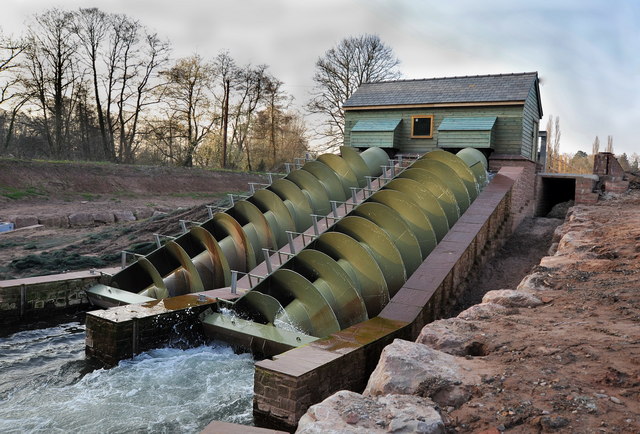
Compound Machines
Compound machines are machines that are composed of multiple simple machines. For example, a bicycle composed of levers, pulleys, wheels and axles.
| Overview: Simple Machines | ||
Type | ||
Definition (1) | A mechanical device that changes the direction or magnitude of a force. | |
Definition (1) | A set of six foundational mechanical devices that were believed to be the basis for all machines before the first industrial revolution. | |
Related Concepts | Machines » | |



